Over the past 20 years, urban planning has undergone a natural revolution.
Innovative, green-minded cityscaping has promoted community wellbeing on an epic scale – while simultaneously combating pollution and other urban ills – and architects and landscapers have been creating ever more daring sustainable spaces to improve people’s lives. Here’s our pick of the most visionary cities that are changing the idea of how we interact with the natural world
1. Supertree Grove, Gardens by the Bay
SINGAPORE
Nowhere has welcomed nature into the urban environment as wholeheartedly as Singapore – and this is illustrated in spectacular style by the cluster of 160ft-high ‘supertrees’ that dominate the island’s vast horticultural theme park, the Gardens by the Bay. When the £500 million Bay South Garden opened in 2012, its alien treescape quickly eclipsed the triple towers across the bay to become Singapore’s most iconic visitor attraction, and were a vivid demonstration of the city state’s quest to improve the quality of life for residents via the medium of gardening. The 18 supertrees are part mega-sculpture, part viewing platform and part carefully designed habitat for the array of exotic plant species that coat their trunks. Their only drawback? They’re too big to be hugged.
2. éco-quartiers
PARIS, FRANCE
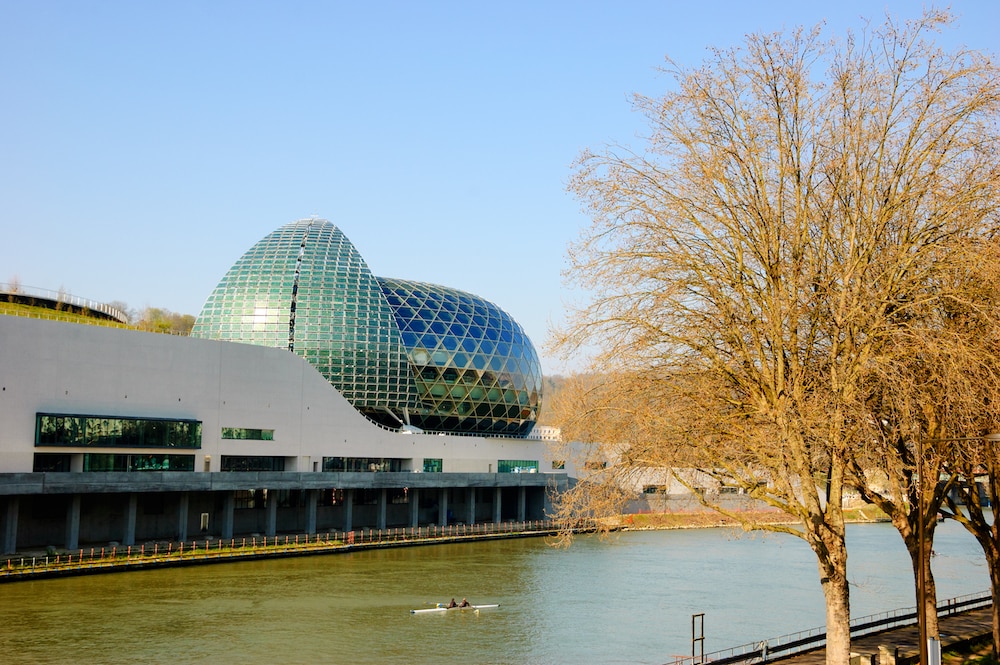
When Paris hosted the historic COP21 climate conference in December 2015, city planners were already on track to reduce the French capital’s carbon emissions by 75 percent by 2050. Much of this plan revolves around the transformation of a number of outer suburbs into forward-looking éco-quartiers (‘green neighbourhoods’). First out of the blocks, in 2015, was the four-hectare Rungis district, which recycled a disused train depot into a community-focused park and a solar-powered student village. Hot on its heels is the Clichy-Batignolles Nouveau Quartier Urbain, a futuristic latticework of solar-pannelled office blocks, green spaces and lush rooftop gardens in the city’s northern 17th arrondissement. And by 2020 work will be complete on the most spectacular regeneration in terms of scale: the Ile Seguin-Rive de Seine project is busy filling the site of a former Renault car factory with sustainable housing for 15,000 people, schools, cinemas and a concert hall. More self-contained éco-ville than éco-quartier, perhaps.
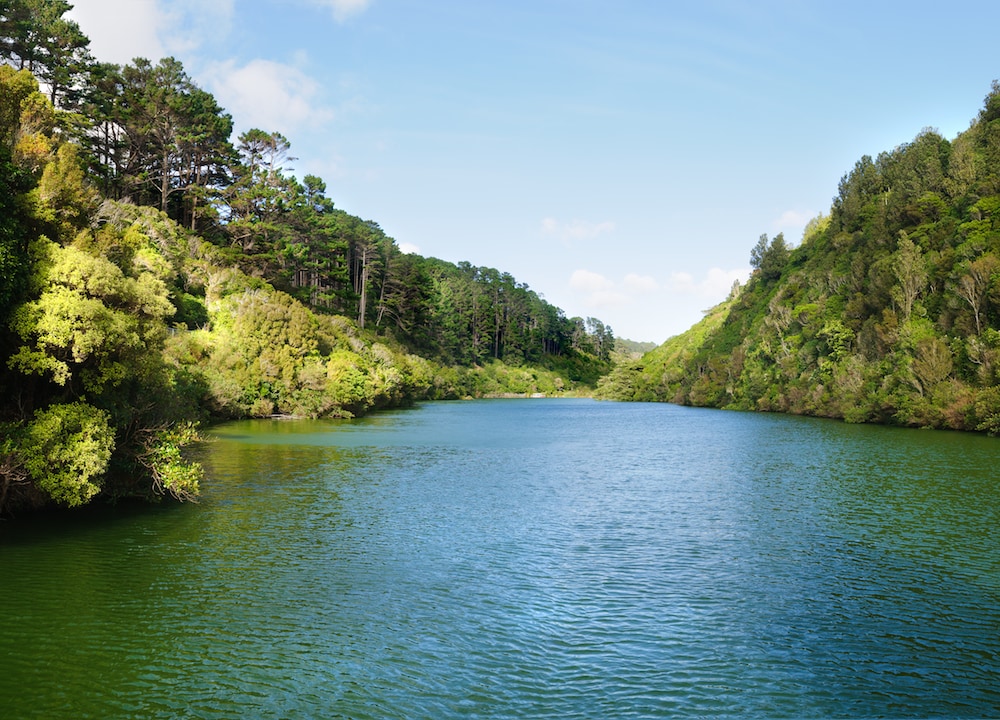
3. Zealandia
WELLINGTON, NEW ZEALAND
Before there were people on the islands of New Zealand (which was only around 800 years ago, by some estimates), there were only birds. It’s a unique aspect of the country’s pre-history, which many metropolitan Kiwis (the people, not the iconic birds) occasionally forget. And reconnecting New Zealanders with their avian heritage is one of the reasons the conservationists behind ‘Zealandia’ chose the suburbs of Wellington as the location for this vast wildlife sanctuary dedicated to the preservation of native birdlife. Run by volunteers and encircled by an 8.6km predator-proof fence, the magnificent valley – formerly a waterworks that supplied the capital – gives city dwellers face-to-face access to rarely seen national treasures such as kea parrots and little spotted kiwis (the iconic birds, not the people).
4. Amager Resource Centre
COPENHAGEN, DENMARK
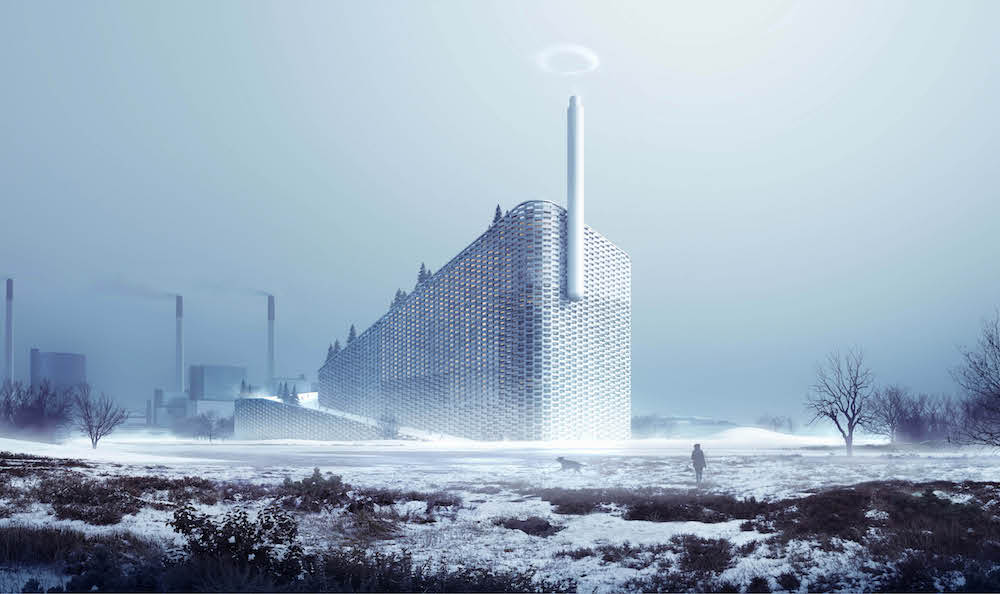
Images | BIG - Bjarke Ingels Group
Known primarily for designing housing developments that look like craggy Nordic mountains, Danish architect Bjarke Ingels is taking this municipal project in Copenhagen to the logical extreme and is kitting out its 85m-high roof with a huge ski slope. The building itself, due for completion this year and already nicknamed ‘Copenhill’, promises to be a big step forward in improving the quality of life all-round, and not just for slalom enthusiasts. It’s an enormous power plant that converts solid waste into energy, estimated to burn up the refuse thrown out by half a million residents and 45,000 businesses city-wide. A nice visual touch is that the chimneys have been designed to emit the plant’s exhaust fumes as smoke rings, Gandalf-style.
5. Queen Elizabeth Olympic Park
LONDON, UK
It may have cost £8.77 billion, but London’s 2012 Olympic Games has left behind something very unusual indeed – an Olympic park that’s of immeasurable value to its local community. Thanks to the foresight of the London Legacy Development Corporation, one of the UK’s most deprived urban areas now has on its doorstep 250 hectares of beautifully sculpted parkland and nature walks, strewn with an unrivalled selection of world-class sporting venues – including cycling tracks, hockey pitches, tennis courts and the Zaha Hadid-designed Aquatics Centre, now a public swimming pool. Not to mention a bona fide tourist attraction: Anish Kapoor’s colossal coiling artwork the ArcelorMittal Orbit was already pretty special, but, at his invitation, the tower was adorned with a 178m helter-skelter slide and opened to an eager public last summer. Definitely the most fun you can have in a former industrial wasteland.
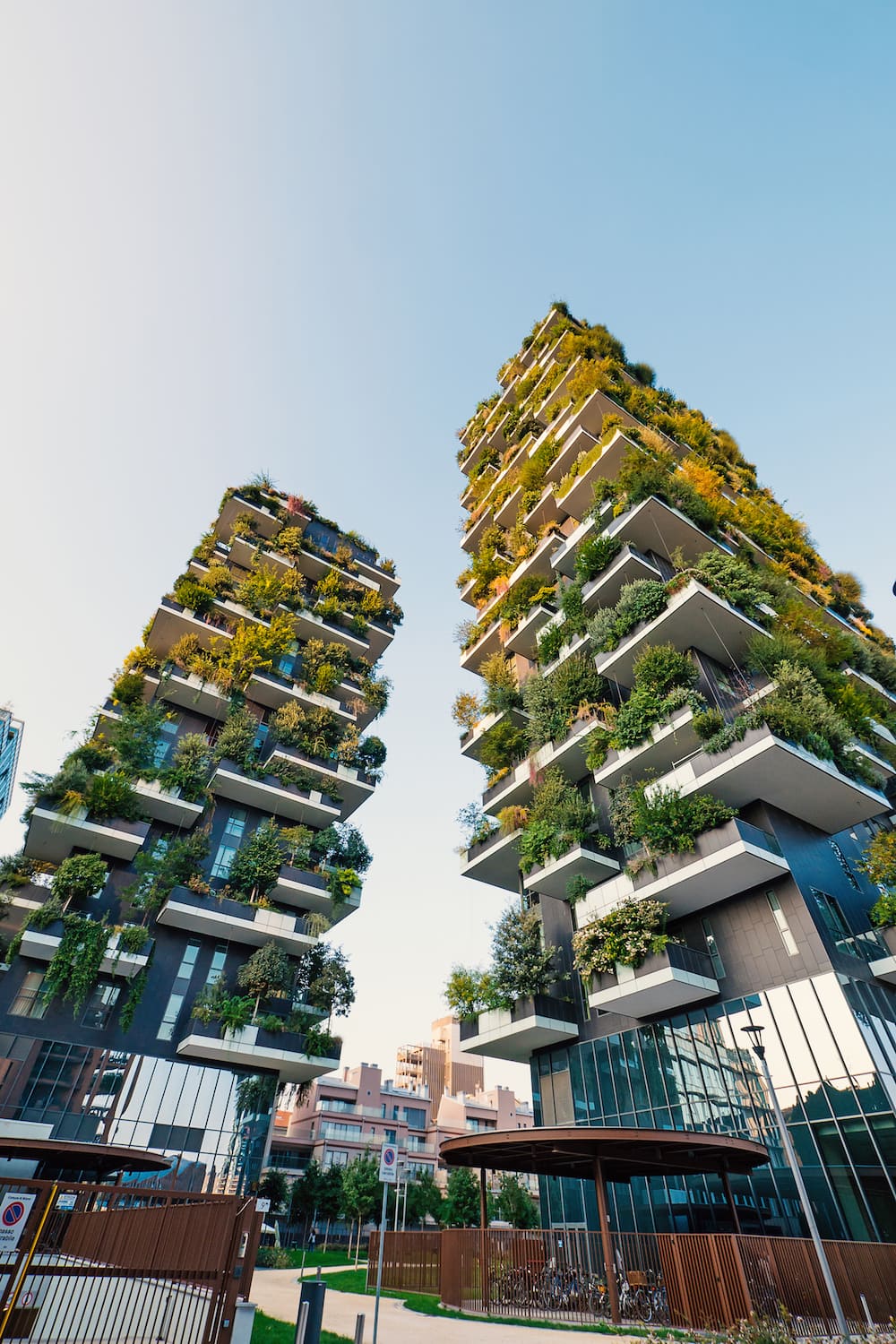
Photography | Pio3 / Shutterstock.com
6. Bosco Verticale
MILAN, ITALY
The heart of Milan's concrete sprawl is the last place you'd expect to find a hectare of woodland - but that didn't stop Italian architect Stefano Boeri integrating the equivalent amount of fauna into all eight facades of these two downtown residential towers. The combined 44 storeys of the 'Vertical Forest' are home to some 900 trees, 5,000 shrubs and 11,000 floral plants - as well as 400 apartments for humans - in what the architect's studio called 'a magnet for and a symbol of the spontaneous recolonisation of the city by vegetation' on the skyscrapers' inauguration in 2014. As well as improving air quality for residents, the trees help shade the flats in Summer and insulate them in winter. Just don't go climbing them.
7. The High Line Park and the Lowline
NEW YORK CITY, USA

Photography | Iwan Baan
Since opening to the public in sections in 2009, New York’s innovative High Line project has given Central Park a run
for its money as Manhattan’s most celebrated green space.
The 1.45-mile strip of repurposed overhead railway that weaves through semi-industrial West Side neighbourhoods offers visitors unique views of the Hudson River, the Downtown skyline and Tenth Avenue, while literally lifting New Yorkers above the tumult on a garden mezzanine level they never knew they had. Meanwhile, below ground, the High Line’s instant-landmark success has prompted an even more ambitious project, the Lowline, a much-hyped proposal to install a similarly verdant space in an abandoned subway terminal beneath the Lower East Side. Last month, designers showcased a demo version: the Lowline Lab, a taster that wowed visitors with a tantalising glimpse of how natural daylight can be funnelled below ground to create a subterranean botanical wonderland.
8. Túria Gardens
VALENCIA, SPAIN
How do you solve a problem like Túria? Back in the 1950s, following a series of devastating floods, Valencia’s city authorities diverted the Túria river on to a safer route to the south on its way to the Mediterranean. What was left was a desiccated riverbed, which in the decades since has evolved into the beautiful Jardí del Túria, one of Europe’s most cherished urban spaces. The 9km-long sunken park supplies Valencians with everything from baseball pitches to duck ponds, as well as a scenic and hyper-efficient cycle route that snakes through the heart of the city. At its western end lies Valencia Bioparc, an innovative ‘cageless’ zoo, while in the east the gardens open on to the City of Arts and Sciences – an architecturally stunning futuristic utopia of cultural venues and museums which make Túria so much more than a pleasant diversion.
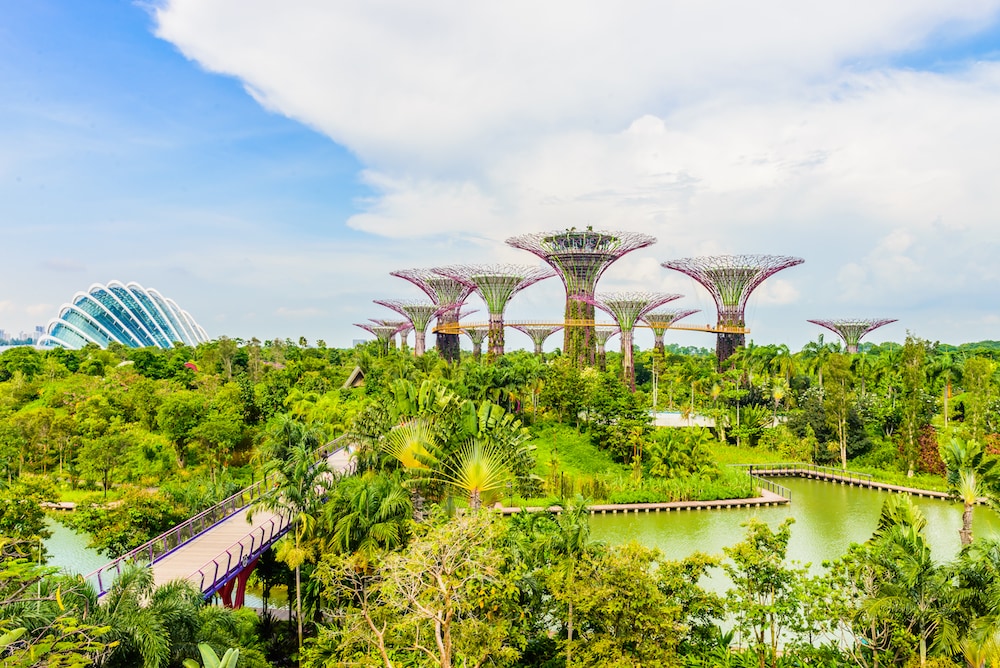







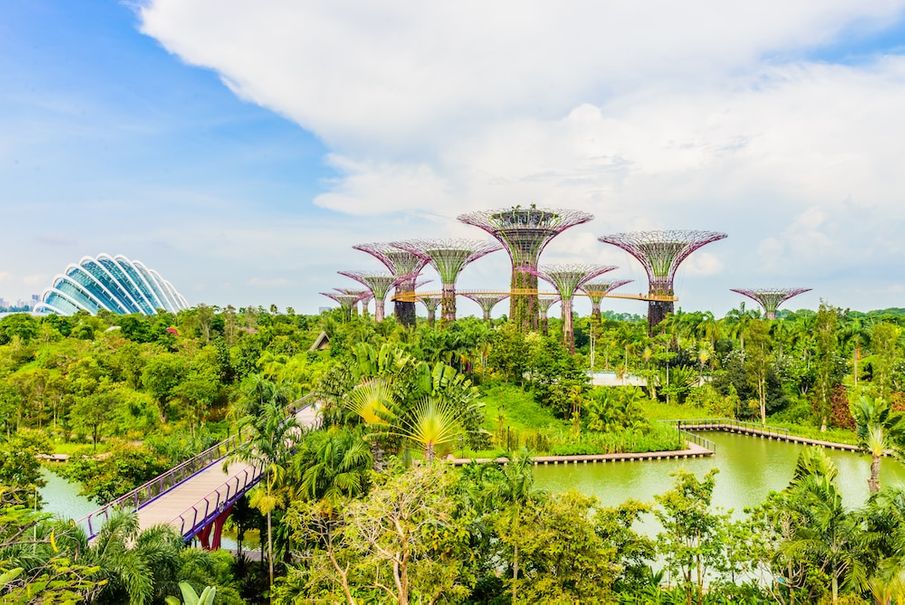

Comments